
How to Create a Successful Industrial B2B Website
So you’ve spent a lot of resources creating high-quality products for your B2B clients, but the sales are just not flowing as you expected. We’ll call it for you. The problem is most likely your online presence and one key element in particular—your website.
Now, you’re probably thinking, “We do have a website.” Well, is it good enough for your B2B target audience?
Because, unlike their B2C counterparts, B2B buyers are more meticulous, inquisitive, and deliberate. They research their options extensively before making purchase decisions, and there’s not much room for spontaneity.
So how do you craft an industrial B2B website that will captivate, engage, and convert this very discerning audience? Our guide will discuss the key steps and best practices to do this. Let’s get started!
What is an Industrial B2B Website?
An industrial B2B website is a digital platform specifically designed for businesses operating within the industrial sector to engage with their business-to-business (B2B) clients.
Businesses in the modern industrial landscape require a great industrial website for several reasons, including:
- Global reach: A well-optimized website enables industrial businesses to reach potential customers worldwide.
- Enhanced credibility: A professionally designed website will instill confidence in potential clients by showcasing your industrial company’s professionalism and expertise.
- 24/7 accessibility: A website is always accessible, allowing businesses to engage with customers at any time, regardless of location or time zone.
- Lead generation: By providing valuable content and resources, the website attracts qualified leads and nurtures them through the sales funnel, ultimately boosting conversions.
Ultimately, a great industrial website will enhance brand visibility, credibility, and competitiveness, helping you ensure long-term success.
5 Steps to Create a Successful Industrial B2B Website
Let’s get down to how you can actually create a successful industrial website.
1. Define website goals
You know what they say about planning and failing? That fits perfectly with web development.
You can’t just jump into the development or optimization phase without setting your website’s goals. These goals are the foundation for critical subsequent decisions, from the industrial website design to the content strategy, functionality, and marketing strategies.
So start by determining what you aim to achieve with your website, whether it’s generating leads, showcasing products, or providing customer support. Ideally, the goal should align with your overall business goals.
Then define your goals, which should be SMART (Specific, Measurable, Achievable, Relevant, and Time-bound). Here’s an example: Increase website traffic by X% within the next six months.
You can’t set goals without setting key performance indicators (KPIs). How else will you know if your strategies are effective? So establish relevant metrics based on your goals.
For example, if your goal is lead generation, you’ll track the number of inquiries made or quotation request forms filled through your website.
Ensure you regularly monitor these metrics using analytics tools like Google Analytics and Hotjar, then adjust your strategies accordingly to achieve your desired outcomes.
2. Research buyers and customers
Though the website is about your company, you want it to speak to your prospective clients. So ensure you create your industrial website with your target audience’s needs or pain points and the customer experience in mind.
Start by defining your ideal audience by looking at your current customers’ demographic and psychographics. Then, supplement this with thorough market research to identify your potential customers’ needs, preferences, and pain points.
You can also get your customers’ insights directly by conducting surveys, interviews, or focus groups.
The research will help you understand their buying behavior, challenges, and decision-making process. You can then use this information to tailor your website’s content, design, and functionality.
3. Develop key functionality and sitemaps
Next, map out the key functionalities and features your website will offer. Ensure you prioritize functionalities based on audience needs and business objectives.
Some core functionalities include an intuitive navigation menu, product catalogs, quotation request forms, customer portals, and live chat support.
Also, develop a sitemap. A sitemap serves as a visual representation of your website’s various sections, pages, and subpages. It helps ensure users and search engines navigate and understand its content. Check out Microsoft’s HTML sitemap.
To help you effectively plan the structure and navigation flow, you can use flowcharts, wireframes, or sitemap generators like WriteMaps.
4. Design and develop a user-friendly website
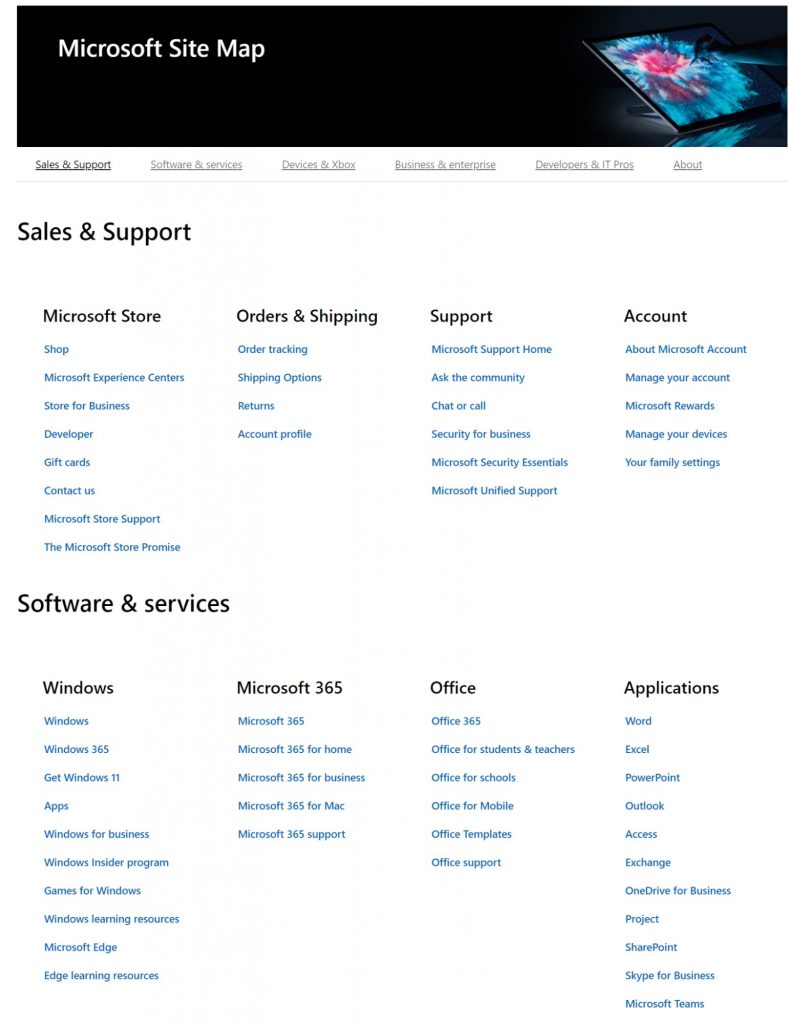
If you want your potential customers to engage with your website, then ensure it is user-friendly. Some of the principles of a user-friendly design you should follow include:
- A responsive design: Your website should be optimized for different browsers and devices. This ensures a consistent and seamless experience for all users.
- Intuitive navigation: Design a clear and intuitive navigation menu that makes it easy for web visitors to navigate different sections and pages.
- Clear call-to-action buttons: Incorporate compelling CTAs throughout your website to guide visitors toward your desired actions, like requesting a quote.
- Accessible design: Implement features like alt text for images, keyboard navigation support, and semantic HTML markup to enhance accessibility.
- Fast loading speeds: Compress images, minify CSS and JavaScript files, leverage browser caching, and use content delivery networks to reduce page load times.
- Engaging visuals: Add high-quality visuals to enhance your website’s visual appeal and convey information more effectively.
Regularly monitor and iterate your website design based on user feedback and performance metrics to ensure your industrial website stays effective.
5. Promote and optimize your website
Once your industrial B2B website is live, it’’s time to promote it to drive traffic and engagement. Use different digital marketing channels such as search engine optimization (SEO), content marketing, email marketing, and social media marketing.
These channels will help you increase website visibility and attract potential customers.
Keep in mind that website development is not a one-time thing. To ensure your industrial website remains effective, continuously optimize it based on new data insights and user feedback.
You also don’t have to design your website yourself; you can hire professionals like Lform to do the heavy lifting. We have been offering custom web design services for over 15 years, working with major industrial clients like Hockmeyer Equipment Corp and Atlantic Equipment Engineers.
We can help you build an exceptional industrial website and run your SEO campaign to ensure the website gets maximum visibility online. You can check out our portfolio here.
Examples of Industrial B2B Websites
Let’s look at two great real-life industrial websites you can emulate.
1. Path Robotics
Path Robotics is known for its cutting-edge industrial robotic welding systems.
The first thing you notice when you land on the site is its clean design simplicity. It has few details, even on the navigation bar, making it seem easy to navigate. The ample white spaces also help with this.
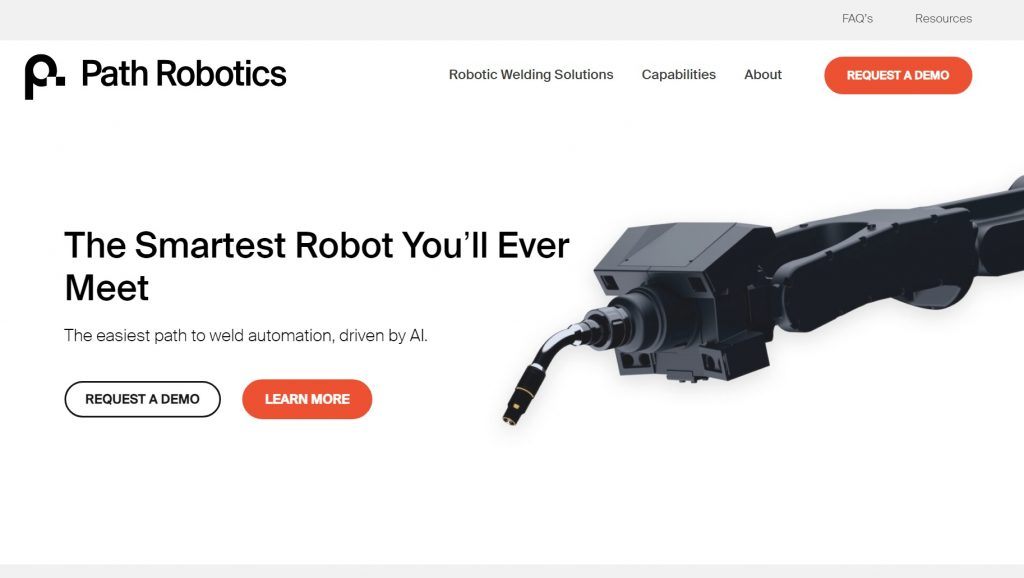
The website uses content sections, bullet points, and images to break up the copy, which helps boost readability. The product videos also help you understand their product offerings better.
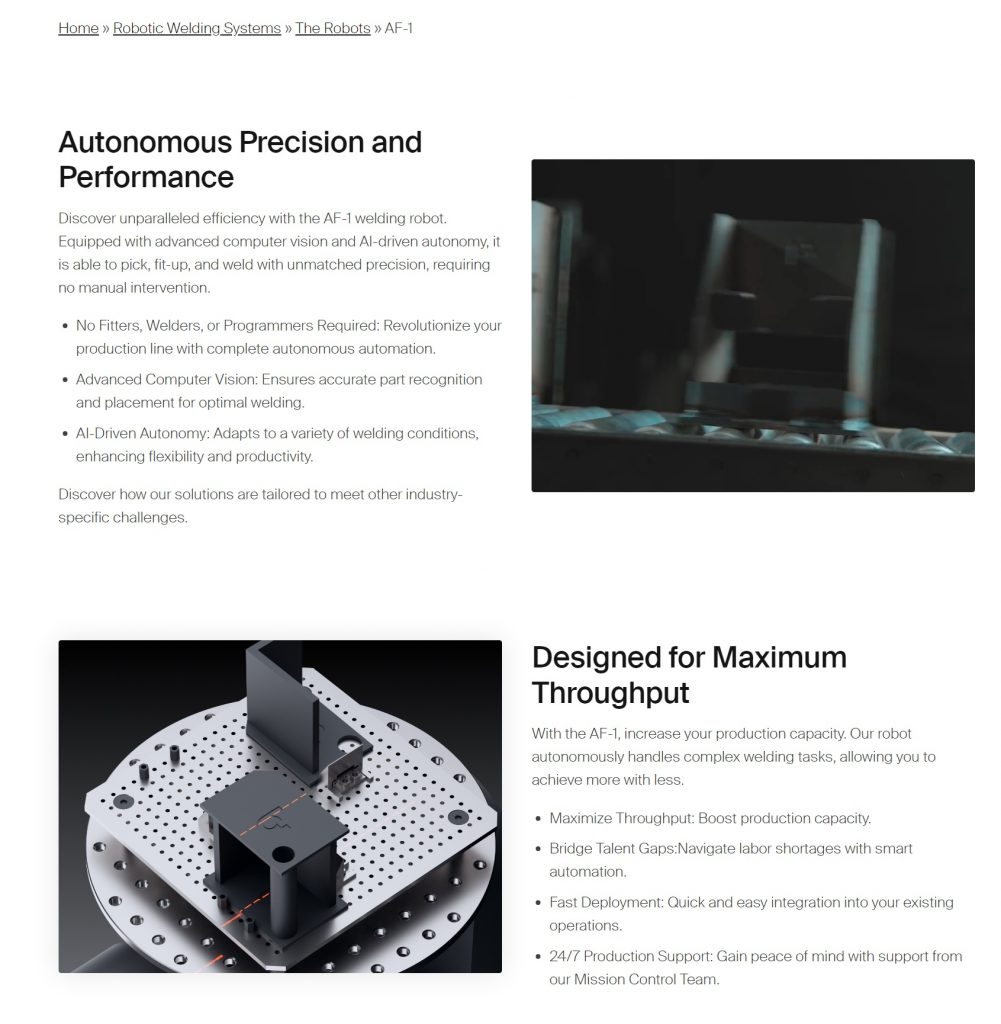
The dedicated capabilities page is also a great resource page for potential clients.
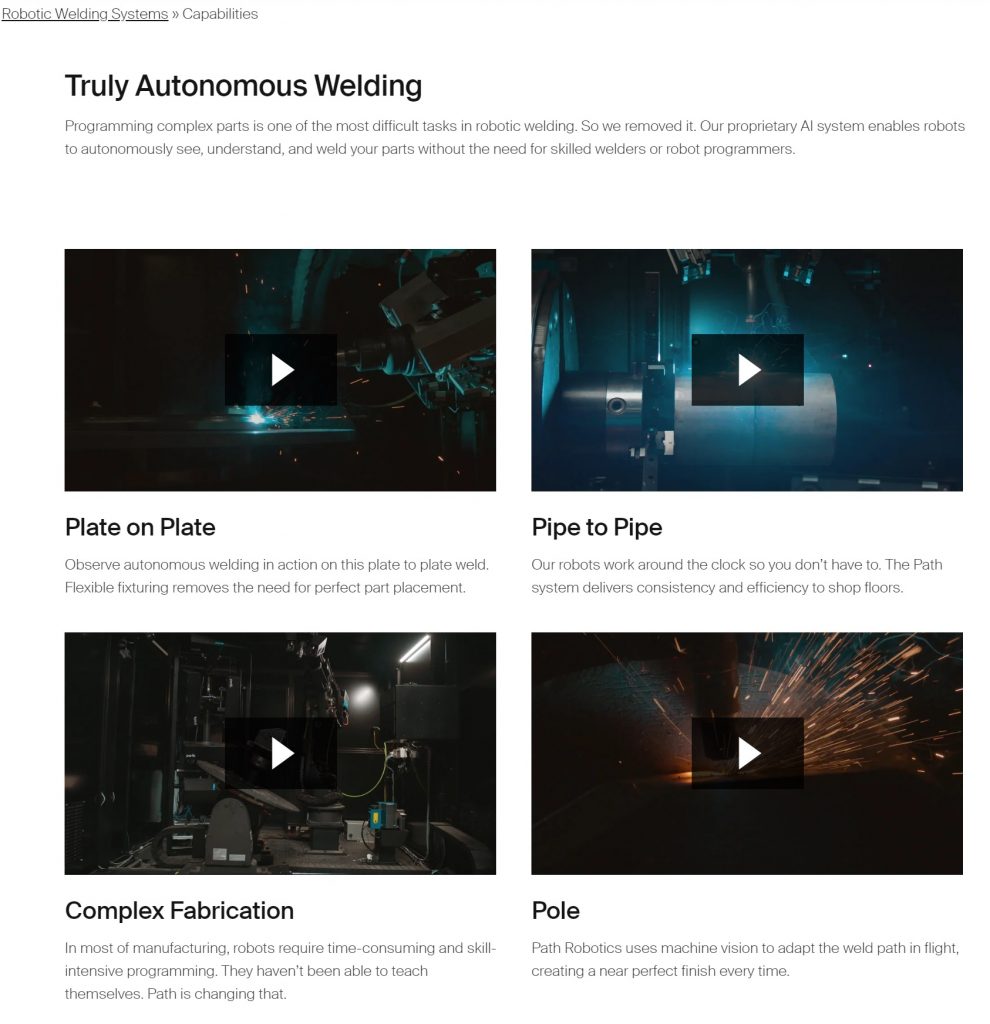
The other feature that stands out is the FAQ section on key pages, which helps users find answers easily. This can help customers overcome pre-purchase fears and concerns, boosting conversions.
2. Laguna Tools
Laguna Tools is a renowned manufacturer of technology-automated CNC, woodworking, and metalworking machinery. You can immediately tell this from their heroes section slideshow.
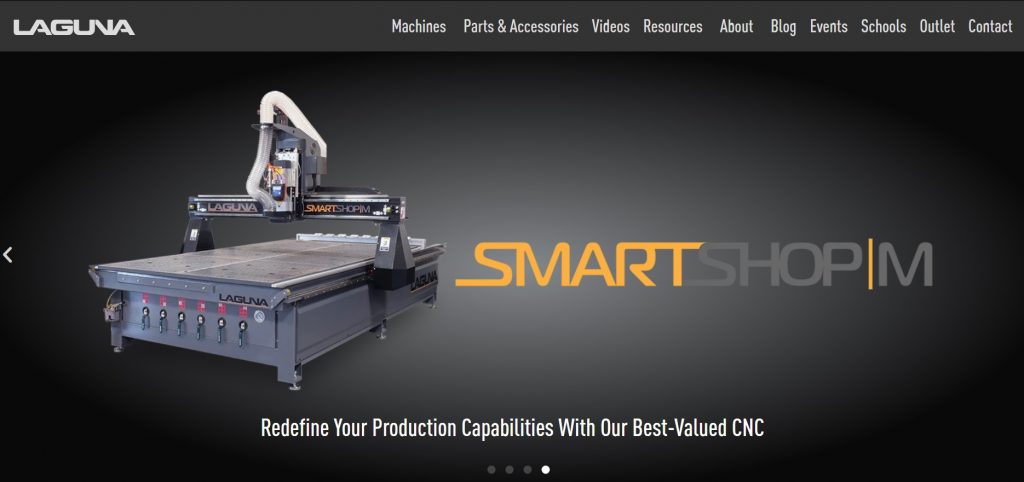
Their intuitive navigation menu makes it easy for users to find whatever information or products they’re looking for. It’s also extensive, which is specifically great for this website since it has lots of web pages and information in general.
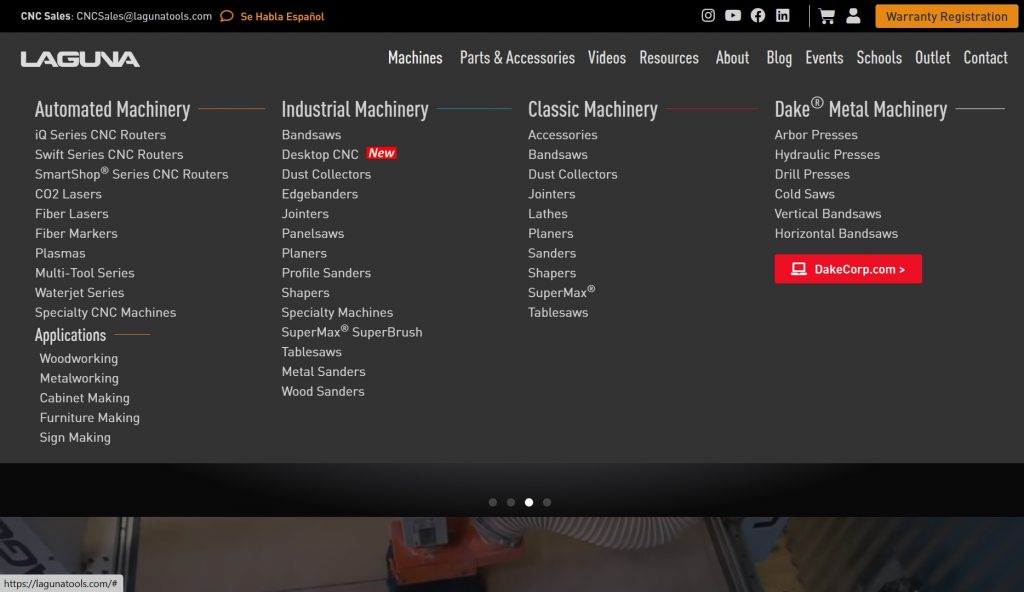
Despite its wide range of products, Laguna manages to keep its product pages organized, concise, and on-brand.
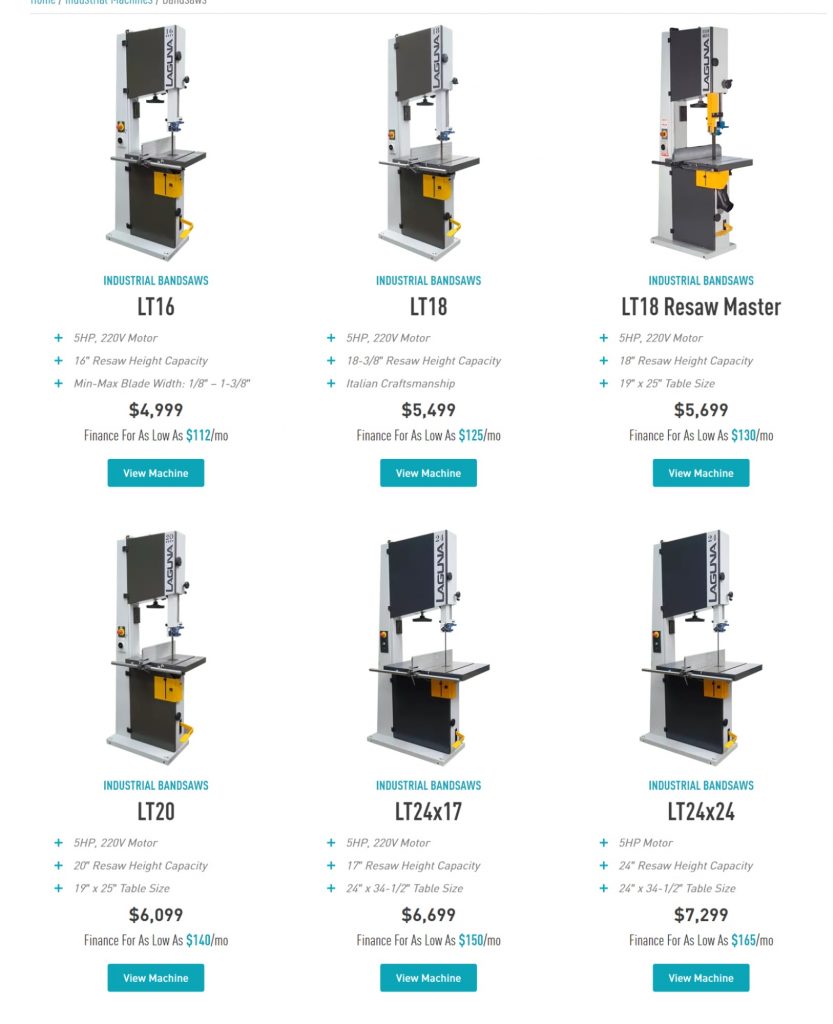
You’ll also notice the website is very visual, which is a great way to keep visitors engaged, especially considering this is a very big and information-heavy website.
Conclusion
Are you looking to create an effective industrial website? The key steps covered here should help you do this successfully.
They include defining website goals, researching buyers and customers, developing key functionality and sitemaps, designing and developing a user-friendly website, and promoting and optimizing it.
Remember, you can reach out to us any time to get help designing the great industrial B2B website you desire. All the best!



